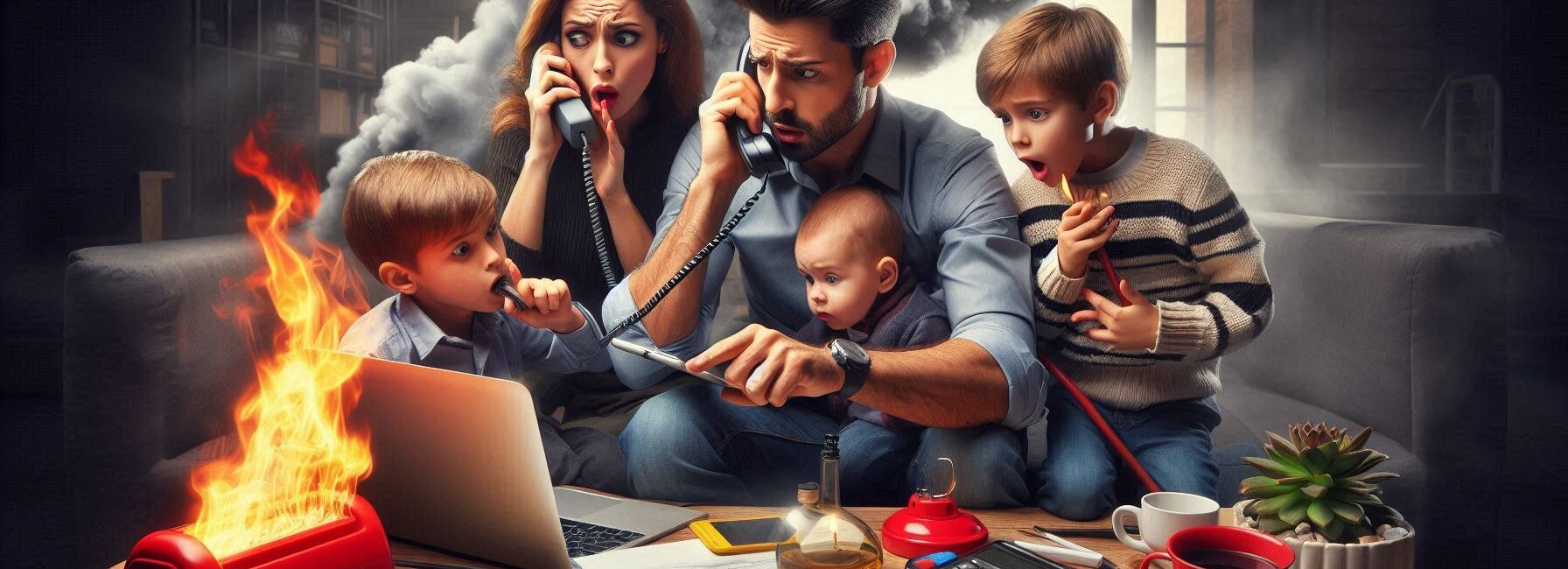Last Updated on November 2, 2025 by Kevin Collier
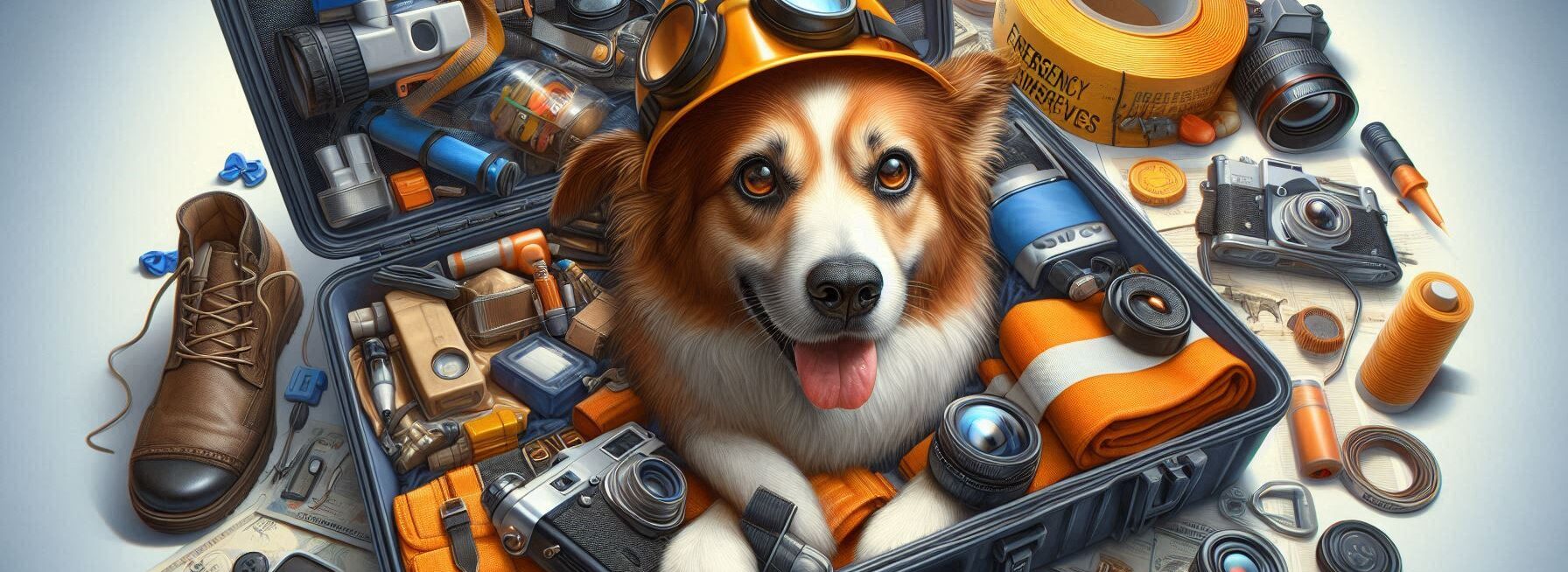
Top Takeaways and Key Concepts
- Stock at least three days of pet food, water, and favorite treats.
- Assemble an emergency kit with food, water, medication, blankets, and toys.
- Plan and practice multiple evacuation routes with carriers or leashes for pets.
- Ensure pets have ID tags, microchips, and updated contact information.
- Train pets on basic commands and simulate emergency scenarios regularly.
It's tempting to only worry about the normal things when you get ready for emergencies. You know, things like canned goods, flashlights, and, of course, toilet paper. You really can't get enough of that. But what about our pets?
When things go tough, those cute furry buddies need just as much attention. Picture your dog jumping up and down like it just won the lotto when you walk in the door. Or your cat, who thinks your lap is the nicest place to sit in the home. They rely on us, especially when things get a little out of hand.
Please Note: This post may contain affiliate links. If you click one of them, we may receive a commission at no extra cost to you. As an Amazon Associate, I earn from qualifying purchases.
Let's speak about some easy ways to keep children secure. First, consider about what they eat. Get more pet food. You probably have a stash of goodies for yourself, don't you? Get them a couple of bags too. Don't forget about the treats they like best. Believe me, a little extra affection in the form of sweets may help a lot when things are tough.
Water is another important thing. You also want to make sure they have plenty. Fill up a few containers just for them. It's always wise to keep some clean water on hand, especially if the electricity goes out. We don't want anyone to be thirsty!
Next, think about putting together an emergency pack for your pet. Include their food and drink, any medicines they might need, and some soft blankets. You know, the ones they like to curl up in. A toy that smells like home could also help. It can be quite soothing.
Find safe areas for them, especially if you have to leave. Make sure they wear a collar with a tag that has your phone number on it. You want them to be able to find their way home if they are terrified and stray away.
Practice makes you better. It may sound silly, but getting your pets used to their leashes or carriers can really assist. They'll feel safer when you have to grab them and go if they know where their things are.
You know, it's quite normal to feel a little overwhelmed by all of this. But you're not the only one. A lot of people think about their dogs, too. Talk to your friends about how they get ready for their pets. You can teach each other a lot.
But hey, calm down. Having a plan for your dogs will give you peace of mind, just like it does for us. Their tails wagging or quiet purring may make even the worst days better.
*** Shop for Survival Gear - Tools - Kits ***
Survival Gear - Bags and Backpacks - Knives - Boots/Footwear - Communication
Outdoor Cooking - Gloves - Hydration - Dry Boxes - Water Filtration Systems
Tents - Sleeping Bags - First Aid Kits - Multi-Tools - Flashlights - Fire Starters
Navigation - Survival Food - Night Vision - Headlamps - Stun Guns - Binoculars
When you return home, think about those little faces looking up at you. No matter what life throws at us, we want to keep them safe and happy!
Create an Emergency Kit for Your Pets
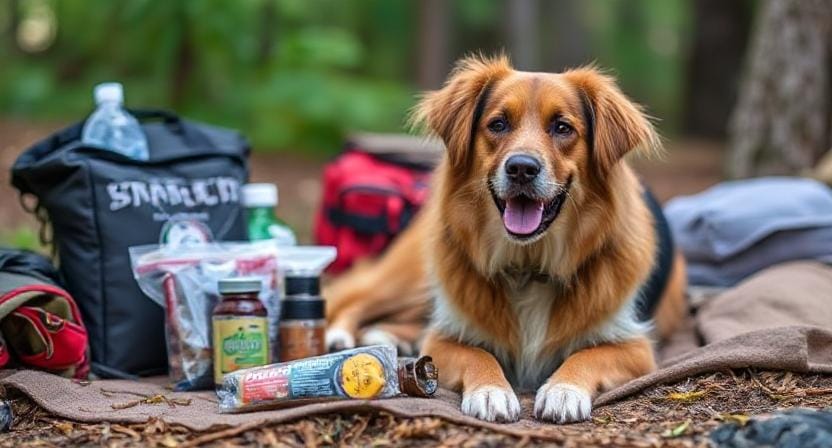
First things first: every household should have an emergency kit. And yes, this includes Fluffy and Fido! You wouldn’t want to leave them out in the cold while you're busy trying to figure out how to make fire from sticks (which is way harder than movies suggest).
Start by gathering all the essentials. You’ll want food—enough for at least three days. By the way, if you’ve ever tried to convince your dog that kibble is gourmet cuisine during a crisis, you'll understand why having their favorite treats on hand is also crucial. Don’t forget water; pets need hydration too! A good rule of thumb is one gallon per pet per day.
Now, while you’re at it, toss in some bowls for food and water because eating off the floor can be messy—even if that's how your dog prefers it! Include any medications your pets might take. Trust me; nothing screams “emergency” quite like realizing Mr. Whiskers forgot his heartworm medication in the chaos.
And let's not overlook comfort items! A familiar blanket or toy can help soothe anxious pets when everything around them feels like it’s spinning out of control.
Plan Your Evacuation Routes
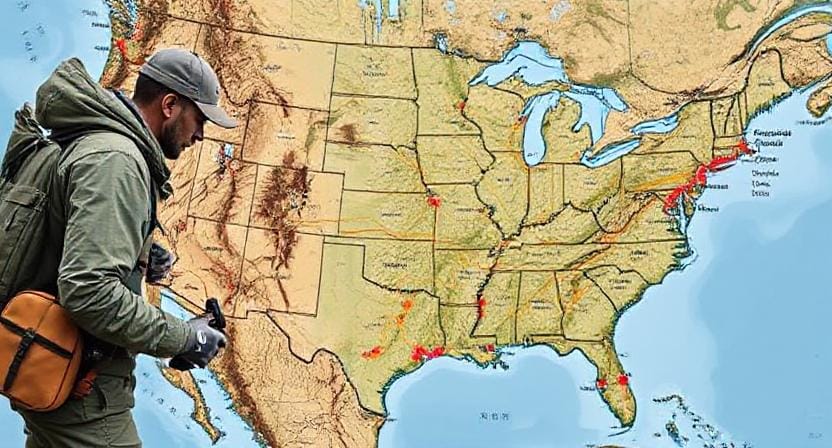
Okay, imagine that a storm is coming and you have to decide whether to stay inside or go with your furry friends. If you've ever tried to get a cat into a carrier when everything is normal, you know how important it is to plan evacuation routes ahead of time!
Find several ways for your pets to get out of your house. This includes making sure that those paths go to places where pets are allowed. This is especially crucial if you live near parks or nature trails that might be closed for a short time during disasters.
Also, practice putting your pet in their carriers or cars ahead of time. Chasing after a scared animal that thinks aliens are going to take them away is the best cardio workout there is. All you want to do is save them!
Also think about where you would go after you leave. Are there any shelters nearby that allow pets? If you know this, you and your pet might not have to spend hours trapped in traffic wondering why everyone thought it was a good idea to leave at 5 PM.
Keep Identification Handy
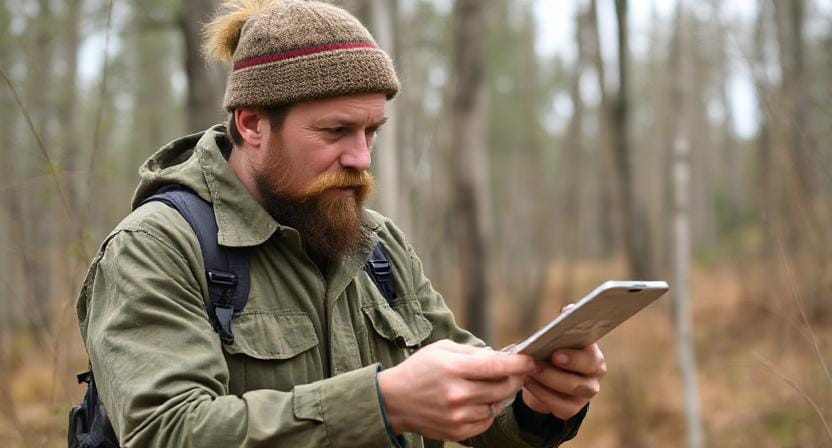
Imagine losing sight of Sparky during an emergency only to realize he doesn’t have proper identification on him—that's enough to send any pet owner into full panic mode! So let’s talk tags and microchips because these little details can make all the difference.
Every pet should wear an ID tag with their name and your contact information. It sounds simple enough but trust me; I've seen my neighbor's poodle sporting nothing but fluff during several park outings!
Those tags can easily get lost amidst all that fur—or worse yet—during frantic moments when everyone else looks equally confused.
Microchipping adds another layer of security since it's permanent identification that can't fall off or get lost—unlike my sanity when looking for my keys… again! Make sure you're registered with updated contact information so whoever finds Mr. Snuggles knows exactly whom to call.
By the way, keep photos of each pet handy too—you know, just in case someone needs proof that you're not claiming someone else's fluffy friend as yours!
Train Your Pets for Emergencies
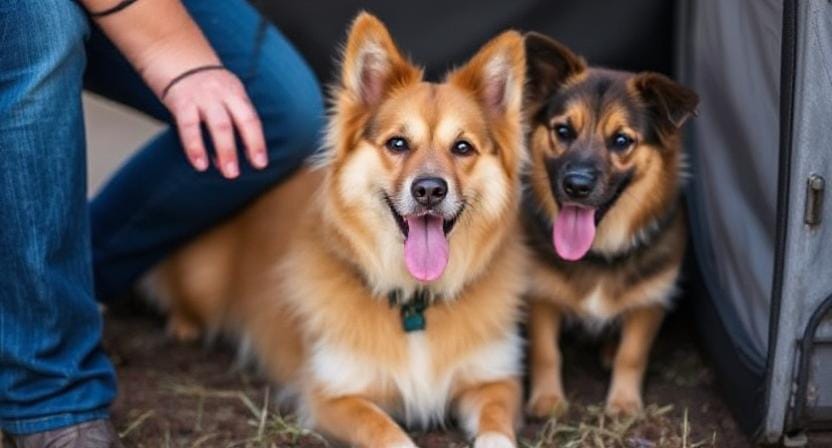
Did you know dogs can actually be trained for emergencies? It’s true! Just like kids learn fire drills in school (and promptly forget them until they're adults), our pets can benefit from some basic training too.
Teach commands such as “come,” “stay,” and “leave it.” These commands will help keep them calm and focused amid chaos—like when Aunt Edna shows up unannounced with her new parrot (who seems less than friendly).
Practicing these skills regularly ensures they'll respond even when they’re stressed out by loud noises or strange smells during an emergency situation.
Consider practicing mock drills where you simulate different scenarios: car rides during evacuations or quickly getting them into carriers. This may sound silly now but remember how panicked I got last time I had to wrangle my cat while dodging flying debris? Yeah… practice pays off!
On top of training sessions filled with treats (which always helps motivate!), don’t forget positive reinforcement techniques—they work wonders in calming anxious pets while building confidence through praise!
Stay Informed About Local Resources
Honestly speaking, knowing where local resources are located could save both you and your fur babies from unnecessary stress later on down the line—especially if situations arise unexpectedly.
Research which veterinary clinics provide emergency services within driving distance so you'll know precisely where to head should anything happen requiring immediate medical attention—like discovering they’ve eaten half-a-bag-of-chips left unattended on the counter… again!
Additionally look up local shelters offering temporary housing options specifically designed for families with pets; this knowledge will allow smooth transitions without worrying about finding accommodations last minute while juggling leashes & snacks simultaneously!
And speaking of snacks… don’t forget those tasty treats we mentioned earlier because nothing says “I love my pet” quite like rewarding good behavior post-emergency drill!
Frequently Asked Questions
How much pet food and water should I store for emergencies?
Keep at least three days’ worth of food, water, and familiar treats to reduce stress and ensure proper nutrition.
What items should go into a pet emergency kit?
Include food, water, medications, bowls, blankets, toys, and copies of prescriptions so your pet has comfort and essentials.
Why should I practice evacuation routes with my pets?
Running drills helps pets get used to carriers or leashes, making real evacuations smoother and less stressful.
How important is ID and microchipping in disasters?
ID tags and microchips increase the chance of reunion if a pet becomes frightened, escapes, or gets separated.
Do pets need regular training to handle crisis stress?
Basic commands like stay, come, and leave-it improve safety and control during high-pressure emergency situations.
Why should I share my pet plan with others?
Sharing your plan with trusted friends and family ensures support if you need backup help or cannot return home quickly.
Is it smart to know local pet-friendly resources ahead of time?
Yes, researching local vets and shelters early gives you reliable options if you need medical care or temporary housing.
Suggested External Resources:
Emergency Preparedness Guide for Pet Owners
https://www.ready.gov/pets
Pet Disaster Preparedness
https://www.aspca.org/pet-care/general-pet-care/pet-disaster-preparedness
How To Prepare Your Pets for an Emergency
https://www.humanesociety.org/resources/how-prepare-your-pets-emergency

Kevin Collier is a seasoned survivalist and expert in prepping and homesteading, contributing to WiseSurvive.com. With a deep-rooted passion for self-sufficiency and outdoor survival skills, Kevin shares practical advice, strategies, and resources to help individuals prepare for any challenge. His informative articles cover a range of topics, from essential survival techniques to sustainable living practices, empowering readers to thrive in any situation. Whether you're a novice or a seasoned prepper, Kevin's insights will inspire you to take charge of your readiness and build resilience for the future.



